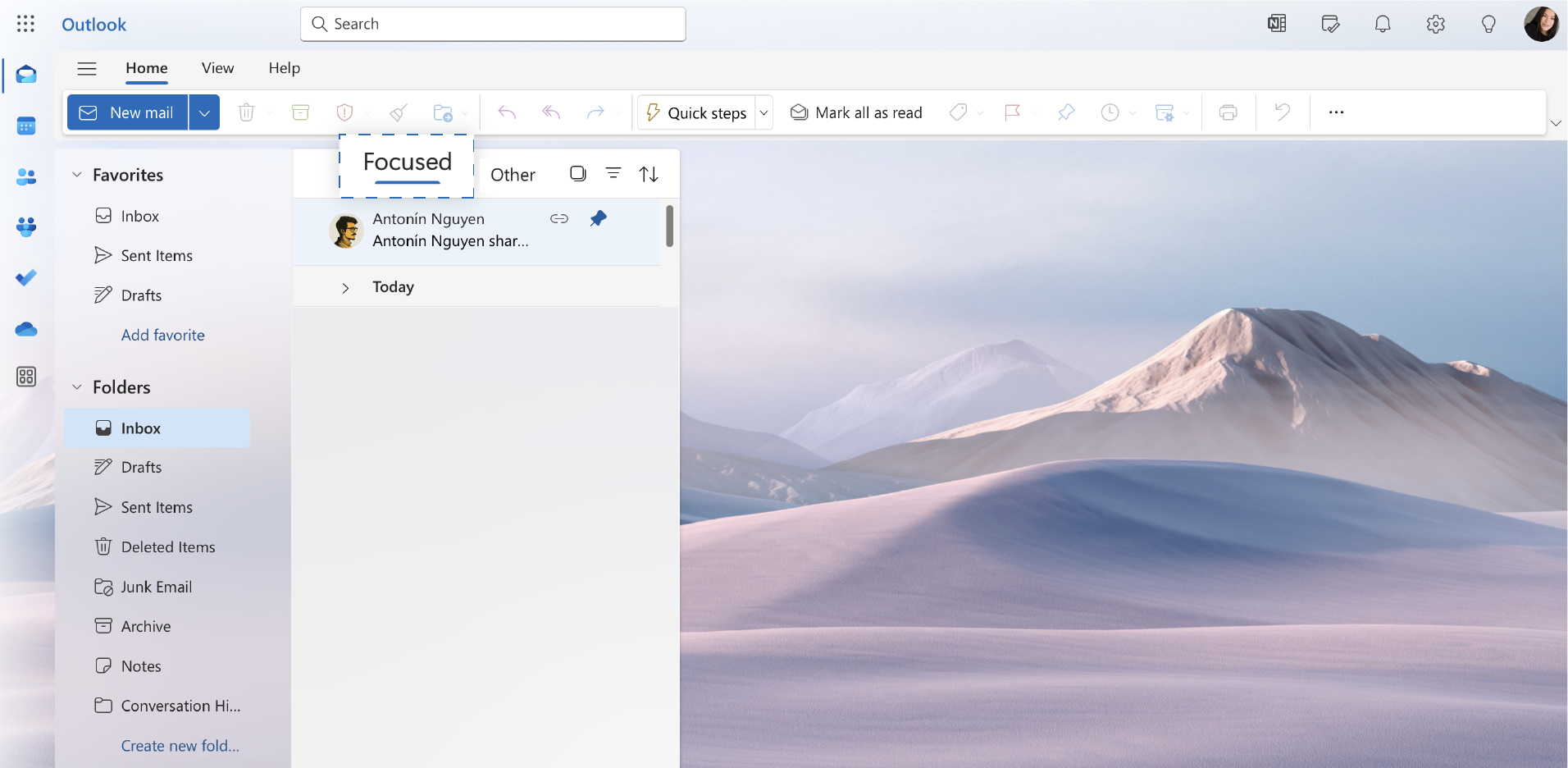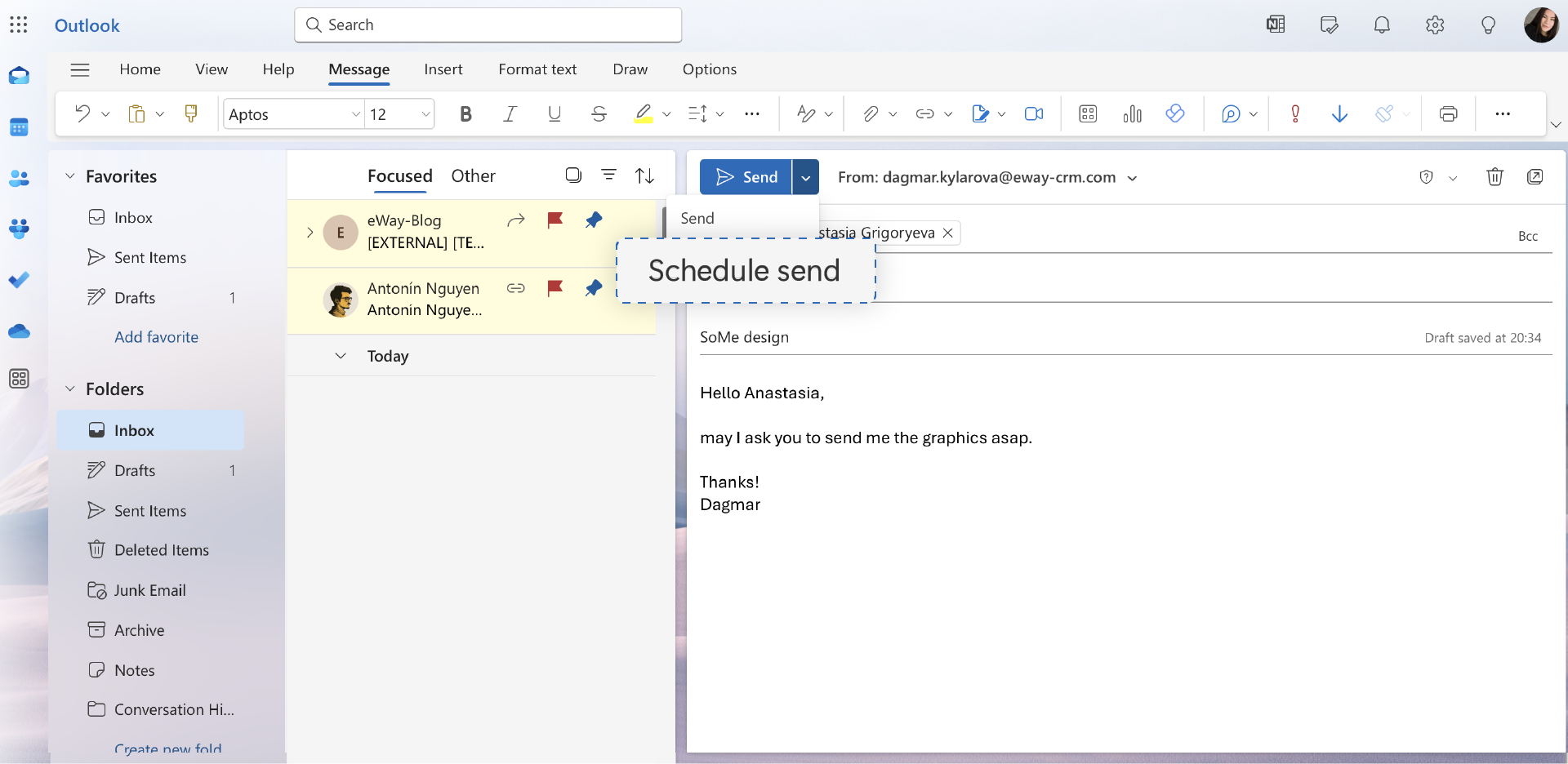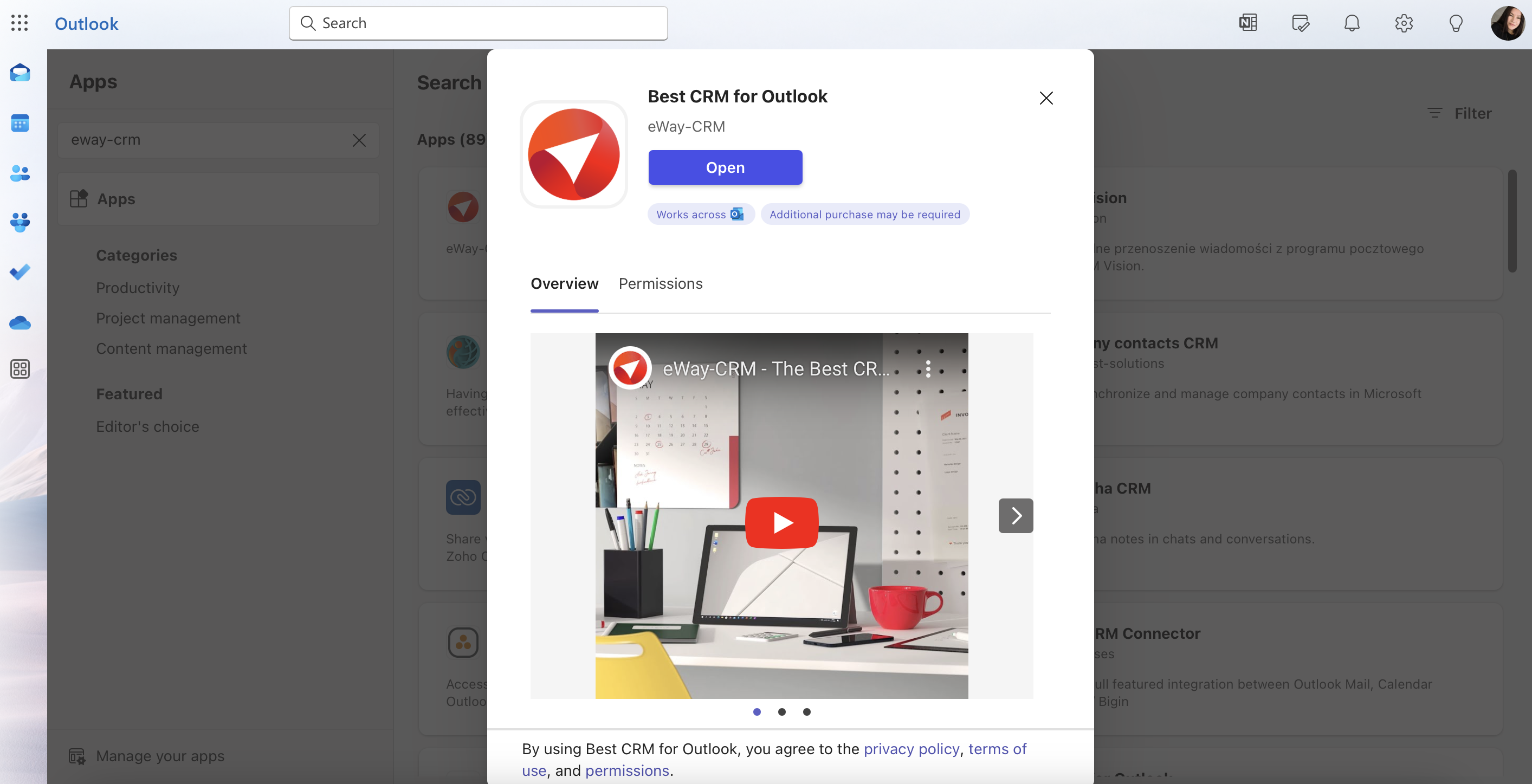Effective email management is crucial for individuals as well as for businesses of all sizes. It not only helps to streamline your communication, but it also reduces confusion and increases your team's productivity. All these helps you to reach your business goals much more smoothly and faster. So, let's explore ways of creating a more efficient email management system for your new Outlook.

Around 3500 emails... that's the number of messages each Outlook user receives on average every month.
25% of them are of high priority and they must deal with them immediately. Then, 50% are just informative emails they can delete right after reading them, and the rest they should keep for future use.
That's an enormous figure.
And if you don't know: How to organize email chains in Outlook. How to organize emails in Outlook into folders. How to organize emails by conversations in Outlook. And manage your inbox as such, this article is for you.
What are the pros of a clean and organized inbox? How to keep yourself and your team updated about everything important? And what are the biggest issues of management in Outlook? Let's dive in.
Table of contents:
Do You Know How to Efficiently Deal with These?
Top Tips to Organize and Share Emails in New Outlook
There's an App for Everything Nowadays
Outlook Professionals Manage Addresses, Attachments, and Threads
Organized Outlook, Productive You
Do You Know How to Efficiently Deal with These?
The biggest issues with email organization in Microsoft Outlook are two.
The first one is the lack of an efficient system for storing and organizing emails. And the second one is issues with quick and smooth sharing of emails with your colleagues.
Let's have a look at the lack of an efficient system for storing and organizing emails first.
Why is it so crucial? To put it simply, so your emails aren't all over the place in your inbox.
If you don't distinguish among your messages somehow, you won't be able to locate specific emails. Or track whole email threads with a particular colleague or customer. In other words, it makes you lost in your own Outlook account.
And no one desires to be lost in Outlook.
And now for the second issue - sharing emails with your colleagues.
The first thought you probably have right now is "You can do this by the good old function of forwarding messages." Yes, BUT... It's time-consuming. For both you and your colleague.
Why? Because you must ask them first to forward messages and then it takes some time till they get to it and actually forward them.
Plus, it can lead to confusion. If you send multiple copies of the same email to a couple of your team members, how do they know which one is up to date? Which of the emails is of the highest priority?
They don't and have to go through all of them to stay on top. This takes both time and energy.
And what about other issues? Plenty of them exist. Luckily, you'll solve the majority if not all of them by having your new Outlook well-organized.
Top Tips to Organize and Share Emails in New Outlook
1. Use Folders and Categories for Quick Organization
Do you wonder, what is the best way to organize emails in Outlook? Folders. And how to organize folders in Outlook email? Sort them by categories.
Create new folders for each of your projects, clients, or team members. To keep it simple, avoid excessive subfolder nesting. Instead, use broader categories.
The best way, how to create folders to organize emails in Outlook is by naming them simply. Organize them by the type of conversations in Outlook. Subject lines can give you hints. Name them, for example, “Follow-Up,” “For Review,” or “Important” to quickly see priorities.
We also recommend using color-coded categories for your folders.
2. Don't Underestimate Rules and Filters for Automation
Set up rules to automatically route emails into specific folders.
Do you wonder how to organize emails in your Outlook by sender? Or how to organize emails in Outlook by subject?
Assign categories based on the given information and keywords. This is especially useful for sorting recurring emails (like newsletters or team notifications) without manual intervention.
Use filters for customized views, like "Unread Important" or "Flagged".
3. Use Focused Inbox for Priority Management
Focused Inbox sorts important messages into “Focused” and less important mail to “Other” tabs. Thanks to this you'll know which messages you should prioritize.
This works best when you regularly mark emails as “Focused” or “Other” to improve the overall sorting accuracy.

4. Set Up Shared Mailboxes and Calendar Invites for Team Collaboration
Instead of forwarding emails, create a shared mailbox for team collaboration on group emails.
You can also set up shared folders for teams. This improves visibility into project-related emails.
If you want your colleagues to stay well-informed for each of your meetings, link emails to shared calendar invites. Thanks to this, you'll keep relevant information easily accessible to attendees and ensure everyone always has the needed background.
5. Use @Mentions for Clear Assignments
Tag team members with @Mentions in emails to notify them and assign specific tasks or questions to them. They’ll be then able to filter emails with their mentions in them.
6. Pin or Flag Important Emails
Pinning and Flagging bring priority emails to the top of your inbox for easy access. Use these to mark emails requiring urgent response or further action.
7. Quick Steps and Templates
Start using Quick Steps to customize actions and speed up your workflow. These include much-needed moving emails to specific folders or assigning categories in one click.
And save common responses as templates. Templates ensure consistency, which customers love. Especially for frequently asked questions or updates.
8. Schedule Emails to Control Timelines
Schedule emails by selecting Schedule Send.
This function is especially useful for managing replies during peak hours. And thanks to it, you'll always ensure emails arrive at a convenient time for their recipients.

9. Make Use of Search Tools and Search Folders
Use the search bar with keywords, sender names, or phrases to locate older emails.
Create Search Folders for recurring queries, like Unread Team Emails or Last Month’s Sales. They auto-populate based on your search criteria, making it easy to find grouped emails.
10. Make Clearing Your Inbox a Routine
Move old or inactive emails to an Archive folder to clear your inbox without deleting essential information. This way, you'll be able to always come back to them.
And if you know you won't come back to a particular message, move it to the bin.
There's an App for Everything Nowadays
If you wonder how to automatically organize emails in Outlook, we have some add-in and app tips to help you.
The add-ins are email-based. You can add them by clicking Add apps on the left ribbon to get to the Office Store, then you search for the app and install it. Here's our guide on how to do that step by step:
Add-in tips for new Outlook:
- How to organize your email inbox > Boomerang
- How to organize incoming emails in Outlook > Microsoft To Do
- How to organize group emails in Outlook > Mailbutler
- How to organize email folders in Outlook > EmailCaddie
- How to organize email addresses > ContactMonkey
- How to organize Outlook emails and prioritize urgent messages > eWay-CRM (with AI features)

Outlook Professionals Manage Addresses, Attachments, and Threads
How to organize addresses in your favorite email client
- Create contact lists - Group contacts, such as Clients or Teams. Additionally, you can assign categories to contacts for quick filtering and organization.
- Add notes - Outlook's contact management allows you to add notes to individual contacts. This will help you to keep track of preferences, history, or relevant projects.
- Leverage People view - The People tab in Outlook on the web provides a centralized view of your contacts. It allows you to see recent interactions and manage contact information efficiently.
How to organize attachments in Outlook email
- Use OneDrive - Instead of sending large attachments via email messages, upload them to OneDrive. Then, share links with your colleagues. Thanks to this, you'll keep your mailbox size manageable and simplify file retrieval.
How to organize email threads in Outlook
Are you struggling with how to organize emails in Outlook by thread? Try these two:
- Show as Conversations option - Outlook on the web lets you turn on the "Show as Conversations" feature. This feature groups email threads into one conversation view. This makes it easier to track discussions.
- Use Thread rules - You can create rules in Outlook on the web to automatically move specific threads to selected folders.
Organized Outlook, Productive You
Now you know all the essentials about how to best organize emails in Outlook.
From how to create folders in Outlook to organize emails to the creation of a safe message list.
Basically, all about organizing work emails as such to be more productive, save time, and avoid stressful situations in the workplace.











